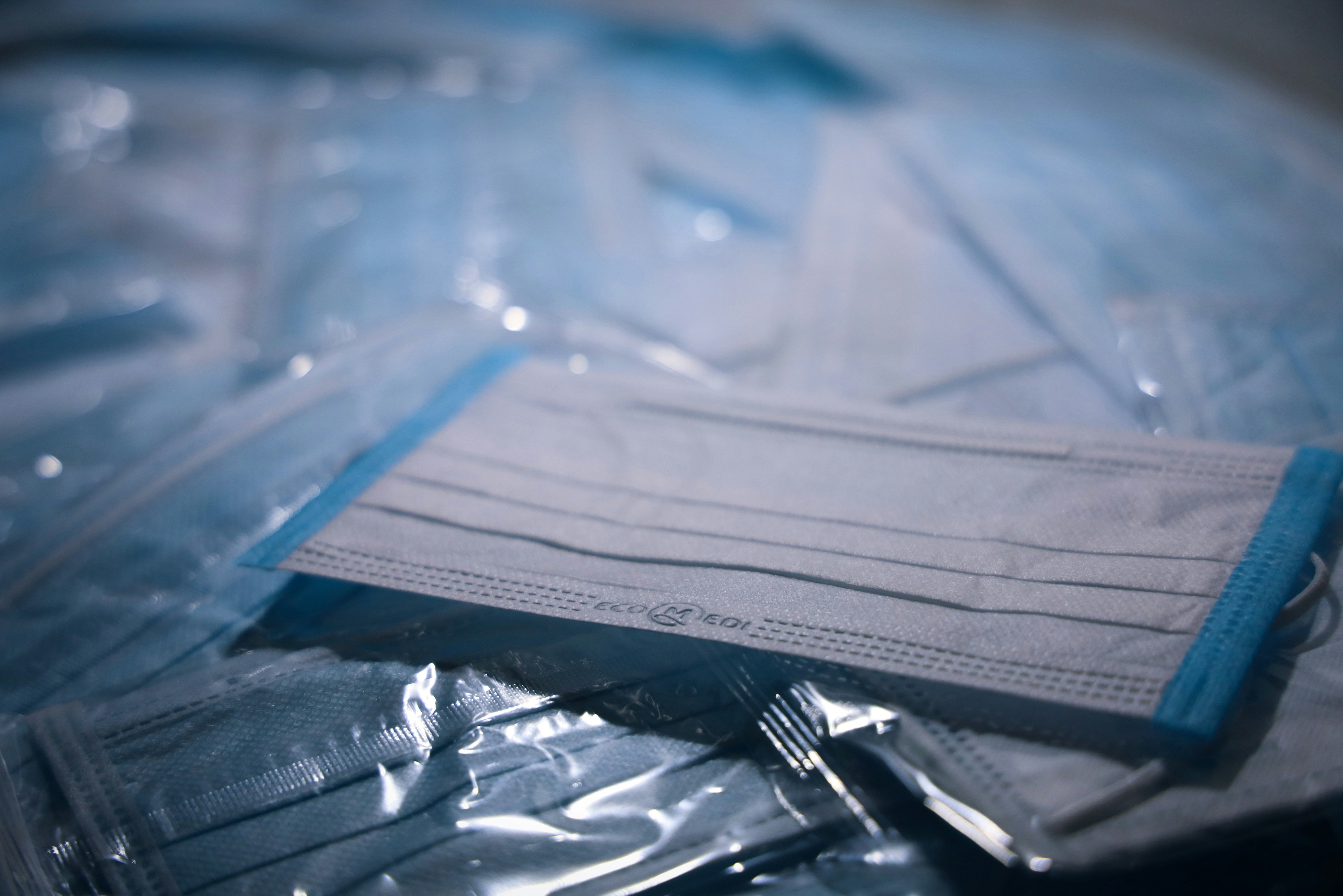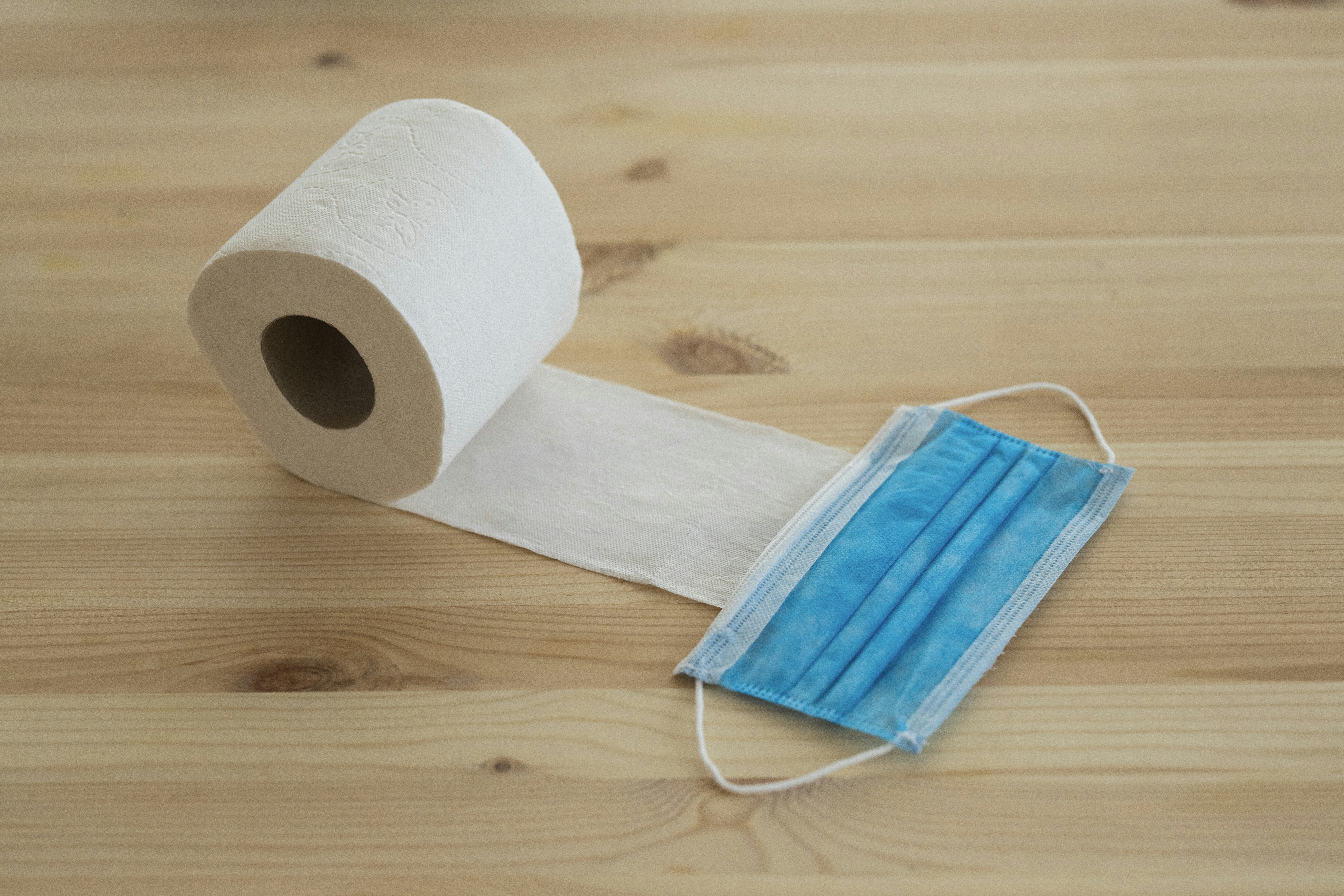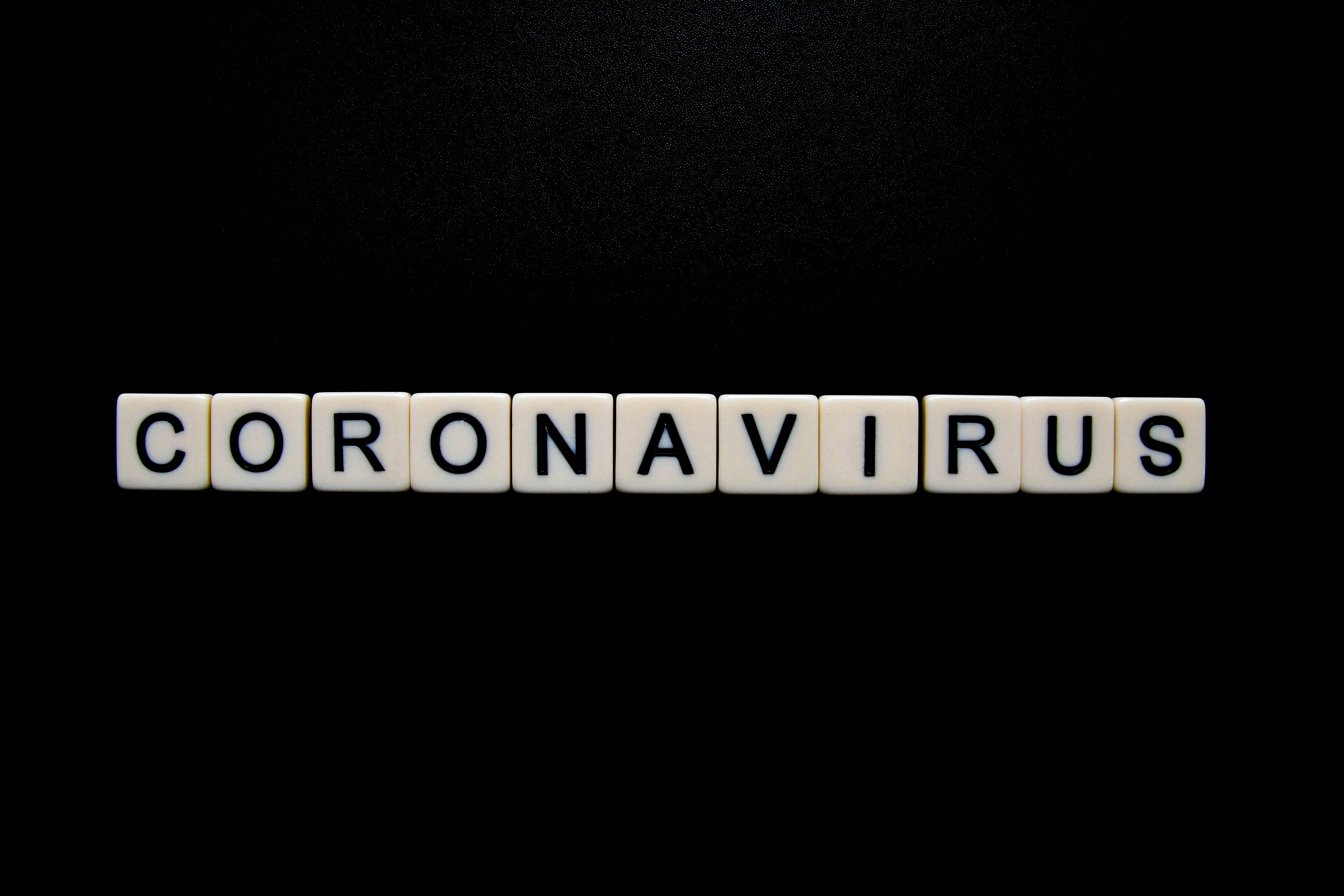Understanding PC Viruses
PC viruses are malicious software programs designed to infect and infiltrate computers, causing harm and potentially compromising sensitive information. Understanding the process of PC virus removal, including cleaning up malware and running security scans, is crucial for protecting your computer and data.
Definition of PC Viruses
PC viruses are designed to replicate themselves and spread from one computer to another. They often go unnoticed until they start causing problems, such as slowing down your system, deleting files, or stealing personal information. Some common types of PC viruses include worms, Trojan horses, ransomware, and spyware.
Types of PC Viruses
Each type of PC virus has its own characteristics and objectives. Worms, for example, spread by exploiting vulnerabilities in a computer’s operating system or network. Trojan horses appear harmless but can execute malicious activities once they are installed. Ransomware encrypts your files and demands a ransom to unlock them, while spyware stealthily collects your personal information.
How PC Viruses Infect Computers
PC viruses can infect computers through various means, including malicious email attachments, infected websites, or downloading software from untrusted sources. Clicking on suspicious links or using infected external devices can also lead to virus infections. Once a virus gains access to your computer, it can spread and cause damage by infecting files, corrupting software, or stealing data.
Prevention, detection, and removal of PC viruses are essential to ensure the security of your computer and personal information. Regularly updating your operating system, using trusted security software, and being cautious while browsing the internet or opening email attachments can significantly reduce the risk of virus infections. If your computer is already infected, running security scans and using reliable malware removal tools are key steps to eliminate the threats and restore your system’s integrity.
This image is property of images.unsplash.com.
## Signs of a Virus Infection
If you suspect your PC may be infected with a virus, it’s crucial to be aware of the common signs to take appropriate action. Here are some indicators that your computer might be compromised:
Sluggish performance
Is your computer running slower than usual? Are applications taking longer to open or respond? This could be a sign that malware or a virus is consuming system resources. Viruses often have processes running in the background that eat up your CPU’s power, resulting in poor performance.
Unexpected error messages
Have you been encountering frequent error messages that are unrelated to your normal activity? This could be indicative of a virus. Sometimes, malware tries to make changes to your system files or settings, causing errors to appear.
Unusual network activity
If your internet connection is abnormally slow or you notice excessive data usage without any reasonable explanation, your PC could be infected. Viruses might connect to remote servers or send out spam emails, leading to unusual network activity.
Identifying the signs mentioned above is the first step in the process of PC virus removal. By recognizing these indicators, you can take action promptly to protect your computer and data from further harm.
This image is property of images.unsplash.com.
## Preparing for Virus Removal
Back up important files
Before you begin the process of PC virus removal, it’s crucial to back up all your important files. This ensures that even if something goes wrong during the removal process, your precious data will remain safe. Transfer your important documents, photos, and any other valuable files to an external hard drive or cloud storage.
Disconnect from the internet
To prevent the virus from spreading or getting reinfected during the removal process, it’s essential to disconnect your PC from the internet. Malware often uses your internet connection to communicate with its source or download additional malicious programs. By disconnecting, you cut off its access and reduce the risk of further damage.
Update antivirus software
Before launching a security scan, update your antivirus software to ensure it has the latest virus definitions. These updates include information about newly discovered threats and ways to detect and remove them. Keeping your antivirus up to date maximizes its effectiveness in identifying and eliminating viruses, malware, and other malicious software.
By following these preparatory steps, you can begin the PC virus removal process with confidence, knowing that your data is secure and your antivirus software is primed to tackle any threats it may encounter.
Identifying the Malware
Differentiating viruses, worms, and trojans
When it comes to PC virus removal, the first step is to identify the type of malware affecting your system. Viruses, worms, and trojans are the most common types of malicious software. Viruses attach themselves to files, replicating and spreading throughout your computer. Worms, on the other hand, spread independently without needing a host file. Trojans disguise themselves as legitimate software, tricking users into installing them and granting unauthorized access.
Analyzing symptom patterns
To accurately identify the malware, you need to analyze symptom patterns. Are you experiencing sudden crashes, slow performance, or strange pop-ups? Pay attention to any unusual behavior exhibited by your computer, as these can serve as clues for detection.
Using antivirus software to scan the system
Once you have identified the possible malware, it’s time to run a security scan using reliable antivirus software. These programs are designed to detect and remove malicious threats from your system. Scan your entire computer, including files, folders, and external devices to ensure comprehensive coverage.
By following these steps, you can effectively identify and remove malware from your PC, ensuring a safe and secure computing experience. Remember to regularly update your antivirus software and perform scans to stay protected against evolving threats. Stay vigilant and protect your digital assets from harmful intrusions.
Removing Malware Manually
Accessing Task Manager to end suspicious processes
The first step in removing malware from your PC is to access the Task Manager. To do this, press Ctrl+Shift+Esc simultaneously. Task Manager allows you to see all the processes currently running on your computer. Look for any suspicious processes or programs that you don’t recognize. If you spot any, you can end them by right-clicking on the process and selecting “End Task.”
Uninstalling unfamiliar or suspicious programs
Once you have terminated suspicious processes, it’s time to uninstall any unfamiliar or suspicious programs. Go to the Control Panel in your PC’s settings and click on “Uninstall a program.” From here, you can view a list of all the installed programs on your computer. Look for any unfamiliar or suspicious programs, and uninstall them by clicking on “Uninstall” or “Remove.”
Deleting malicious files and folders
After uninstalling suspicious programs, you should also manually search your PC for any remaining malicious files and folders. Use the File Explorer to navigate through your computer’s directories and look for any files or folders that seem suspicious. Simply right-click on them and select “Delete” to eliminate them from your system.
By following these steps, you can manually remove malware from your PC, cleaning up any potential threats and ensuring the security of your computer.
This image is property of images.unsplash.com.
## Running Security Scans
Selecting a reliable antivirus software
To begin the process of PC virus removal, it is crucial to select a reputable antivirus software. It is recommended to choose one that is frequently updated to ensure it can detect and remove the latest malware threats efficiently. Research different options and read user reviews to find one that suits your needs and budget.
Performing a full system scan
Once you have installed the antivirus software, it’s time to run a comprehensive system scan. This scan will search through all files, folders, and applications on your computer to identify any potential threats. The duration of the scan may vary depending on the size of your hard drive and the number of files stored.
Reviewing scan results and quarantine status
After the scan is completed, the antivirus software will provide you with a detailed report of its findings. Take the time to carefully review the results to understand which files or applications are flagged as a potential threat. If any malicious files are detected, the antivirus software will typically quarantine them automatically to prevent further damage.
By following these steps, you can effectively remove PC viruses, clean up malware, and enhance the security of your computer. Remember to regularly update your antivirus software and run scans to ensure ongoing protection against new threats.
Cleaning Up Malware
Quarantining infected files
During the process of PC virus removal, one important step is to identify and quarantine any infected files on your system. Quarantining involves isolating the malware or virus-infected files to prevent them from further damaging your computer. Antivirus software will typically detect and flag suspicious files, allowing you to move them to a separate quarantine area. By quarantining these files, you ensure they are safely removed from your system without risking further contamination.
Deleting or repairing corrupted files
Once the infected files have been successfully quarantined, the next step involves deleting or repairing any corrupted files. This step is crucial because malware can often damage important system files, causing instability or poor performance. Deleting corrupted files ensures that they don’t pose a threat to your computer’s well-being. In some cases, when crucial system files are affected, you may need to repair them instead of deleting them.
Removing malicious registry entries
Another aspect of PC virus removal involves eliminating any malicious registry entries that have been added by the malware. The Windows registry is a critical component of your operating system that stores configuration settings for various programs and services. Malware can modify these entries, leading to system instability and unauthorized access to your personal information. Running a security scan will help identify and remove any suspicious or harmful registry entries, ensuring the overall health of your system.
By following these necessary steps of cleaning up malware, you can effectively remove viruses from your PC and restore its optimum performance and security. Remember to regularly update your antivirus software and perform security scans to prevent and address future threats.
Updating and Patching
Applying OS and software updates
Keeping your operating system (OS) and software up to date is crucial in maintaining the security of your PC. Regularly check for updates and install them as soon as they are available. These updates often include security patches that fix vulnerabilities that can be exploited by viruses and malware. By ensuring your OS and software are up to date, you reduce the risk of falling victim to a virus attack.
Installing security patches
In addition to general updates, it is important to specifically install security patches. These patches are released by software vendors to address known security vulnerabilities. By applying these patches, you strengthen the security of your PC and make it less susceptible to virus infections.
Enabling automatic updates
To streamline the process of keeping your PC protected, it is recommended to enable automatic updates for both your OS and software. This way, you don’t have to manually check and install updates, as the system will do it for you. By opting for automatic updates, you ensure that your PC is continuously being safeguarded against new threats and vulnerabilities.
Updating and patching your PC is just the first step in the process of PC virus removal. In the following sections, we will delve into other essential steps such as scanning your system for malware, cleaning up infected files, and strengthening security settings to prevent future infections. So, let’s continue on this journey of securing your PC from malicious threats.
Additional Steps for Deep Cleaning
Scanning the system with malware removal tools
After completing the initial steps of PC virus removal, there are additional measures you can take to ensure a thorough cleaning. One of the most important steps is to scan your system with reputable malware removal tools. These tools are designed to detect and eliminate any lingering malware that may have evaded previous scans. By running these scans, you can identify and remove any hidden threats that could potentially compromise your security.
Clearing browser history and temporary files
Another crucial step in the process is clearing your browser history and temporary files. Over time, these files can accumulate and become a breeding ground for unwanted malware. By deleting your browsing history and temporary files, you can eliminate any potential threats that may have been downloaded unknowingly during your web browsing activities.
Reviewing browser extensions and plugins
Lastly, it is essential to review and scrutinize your browser extensions and plugins. Some malicious software can disguise itself as seemingly harmless extensions or plugins, posing a grave threat to your PC’s security. By reviewing these add-ons and removing any suspicious or unnecessary ones, you can minimize the risk of encountering malware or other harmful digital entities.
Incorporating these additional steps will greatly enhance the effectiveness of your PC virus removal process. With a comprehensive approach and the use of proper tools, you can ensure that your system is thoroughly cleaned and safeguarded against potential threats.
Preventive Measures
Regularly update antivirus software
One of the most crucial steps in preventing PC viruses is to regularly update your antivirus software. Antivirus programs are constantly updated to protect against new threats and vulnerabilities. By keeping your software up to date, you can ensure that you have the latest virus definitions and security patches to defend against emerging threats.
Exercise caution while downloading files
Downloading files from the internet can be risky, as malicious software can hide in seemingly innocent downloads. To mitigate this risk, it’s important to exercise caution. Only download files from reputable sources and avoid downloading from unfamiliar or suspicious websites. Additionally, always double-check the authenticity of the file and ensure it is from a trusted source before opening or executing it.
Avoid suspicious websites and email attachments
Visiting suspicious websites can expose your computer to malware and viruses. Be wary of websites with sketchy content or ones that display numerous pop-up ads. Likewise, you should exercise caution when dealing with email attachments. Be skeptical of unexpected or unsolicited email attachments, as they may contain malicious software. Only open attachments from trusted senders and enable email filters to minimize the risk of downloading infected files.
By following these preventive measures, you can greatly reduce the chances of your PC being infected with viruses and malware. However, it’s important to remember that no security measure is foolproof, and regular scanning and cleaning of your system is also essential.



